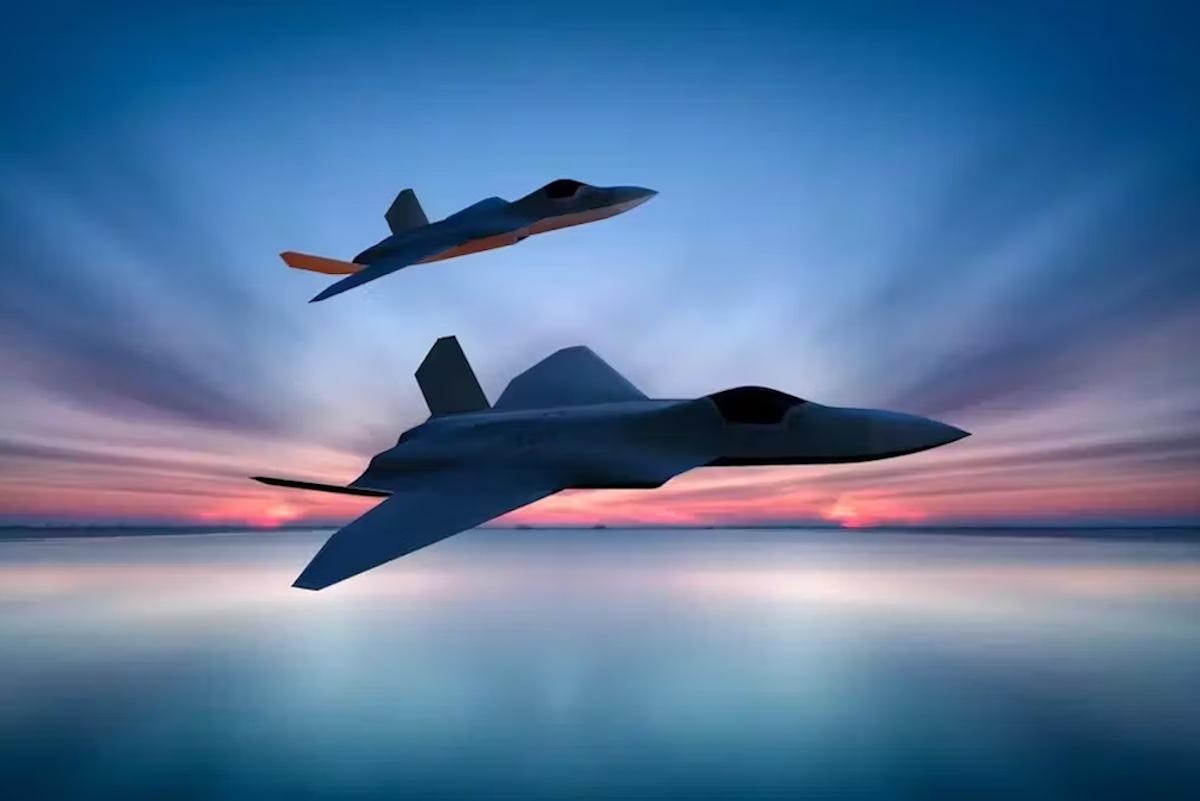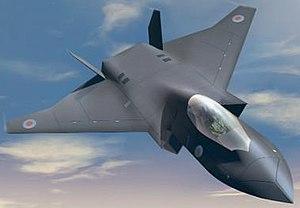In the high-stakes arena of aerial warfare, the United Kingdom is setting its sights on transforming the Tempest stealth fighter into a more formidable airborne predator. As geopolitical tensions simmer and technological capabilities evolve, British defense strategists are championing a critical upgrade: equipping this cutting-edge aircraft with larger, longer-range air-to-air missiles. This strategic vision promises to extend the Tempest’s combat reach and enhance its potential to dominate future skies, signaling a bold commitment to maintaining technological superiority in an increasingly complex global defense landscape. The Royal Air Force’s cutting-edge Tempest stealth fighter is poised to receive a significant upgrade in its air-to-air combat capabilities, with British defense strategists prioritizing the development of larger and more advanced long-range missiles. This strategic approach aims to enhance the aircraft’s offensive and defensive potentials in increasingly complex aerial warfare scenarios.
Current missile technologies have demonstrated limitations in engaging sophisticated enemy aircraft at extended distances, prompting military researchers to explore innovative weapon systems that can provide superior range and precision. The proposed missile enhancements would enable the Tempest to neutralize potential threats well before entering direct confrontation zones, substantially improving pilot safety and operational effectiveness.
Engineers are investigating advanced propulsion technologies and sophisticated guidance systems that could dramatically extend missile engagement ranges. These developments would potentially allow the Tempest to target adversarial aircraft from unprecedented distances, creating tactical advantages in both conventional and potential future conflict scenarios.
The United Kingdom’s defense industry is collaborating extensively with leading aerospace manufacturers and research institutions to conceptualize and prototype next-generation missile systems. These efforts involve complex computational modeling, advanced materials research, and sophisticated electronic warfare integration to ensure maximum performance and reliability.
Preliminary design considerations emphasize reduced radar cross-section, enhanced maneuverability, and improved target acquisition capabilities. The proposed missile systems would leverage artificial intelligence and machine learning algorithms to optimize tracking and intercept mechanisms, representing a significant leap forward in aerial weapon technologies.
International defense analysts suggest that these missile upgrades could position the Tempest as a formidable competitor in the global fighter market. The strategic investment reflects the UK’s commitment to maintaining technological superiority in aerial combat systems and demonstrates a proactive approach to future military requirements.
Collaborative partnerships between government agencies, defense contractors, and academic research centers are accelerating the development process. By combining expertise from multiple disciplines, British engineers aim to create missile systems that not only meet current operational demands but also anticipate potential future technological challenges.
The potential missile enhancements represent more than a mere technical upgrade; they symbolize a comprehensive reimagining of air combat capabilities. As geopolitical landscapes continue to evolve, the Tempest’s advanced weaponry could become a critical component in maintaining strategic deterrence and national security.

